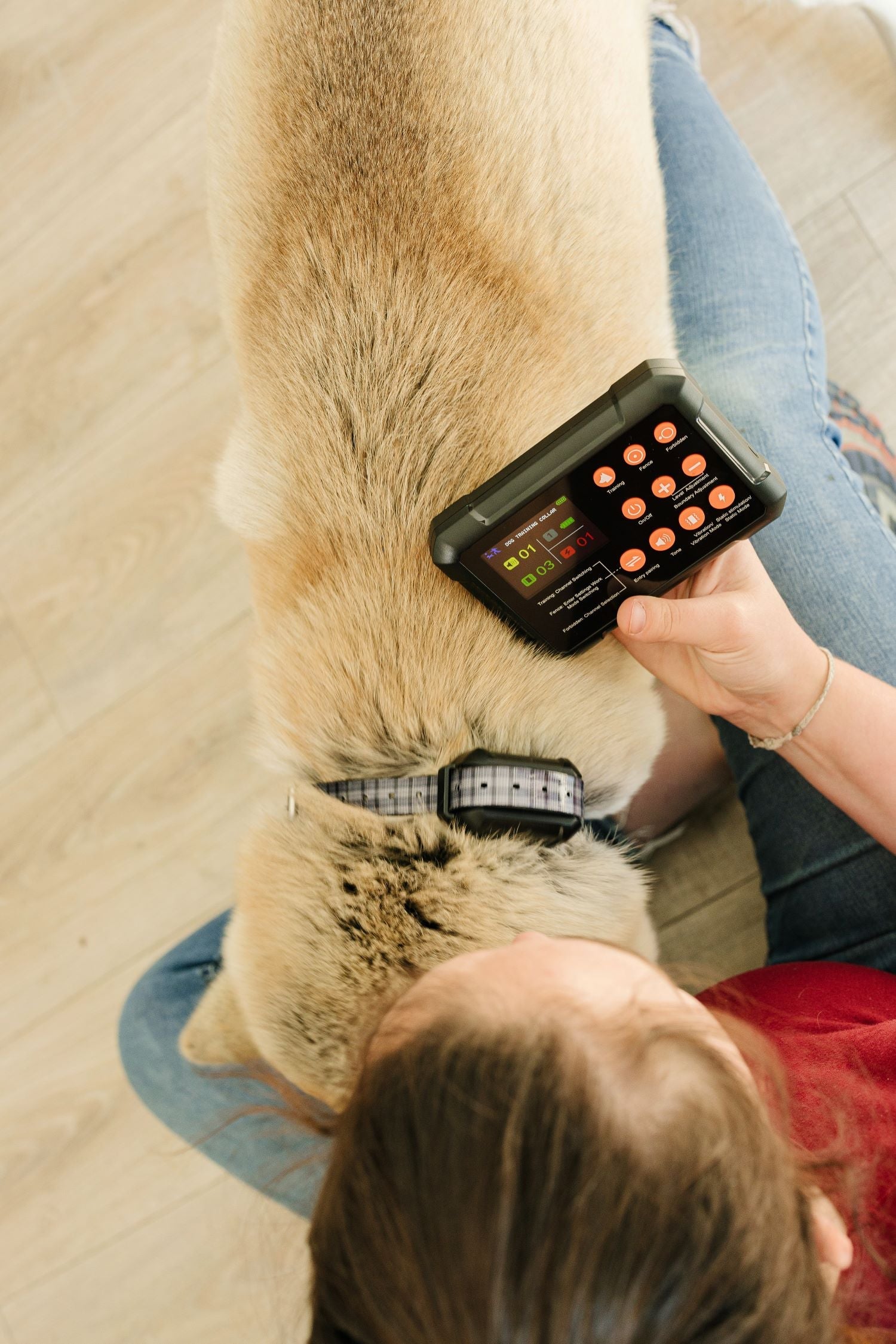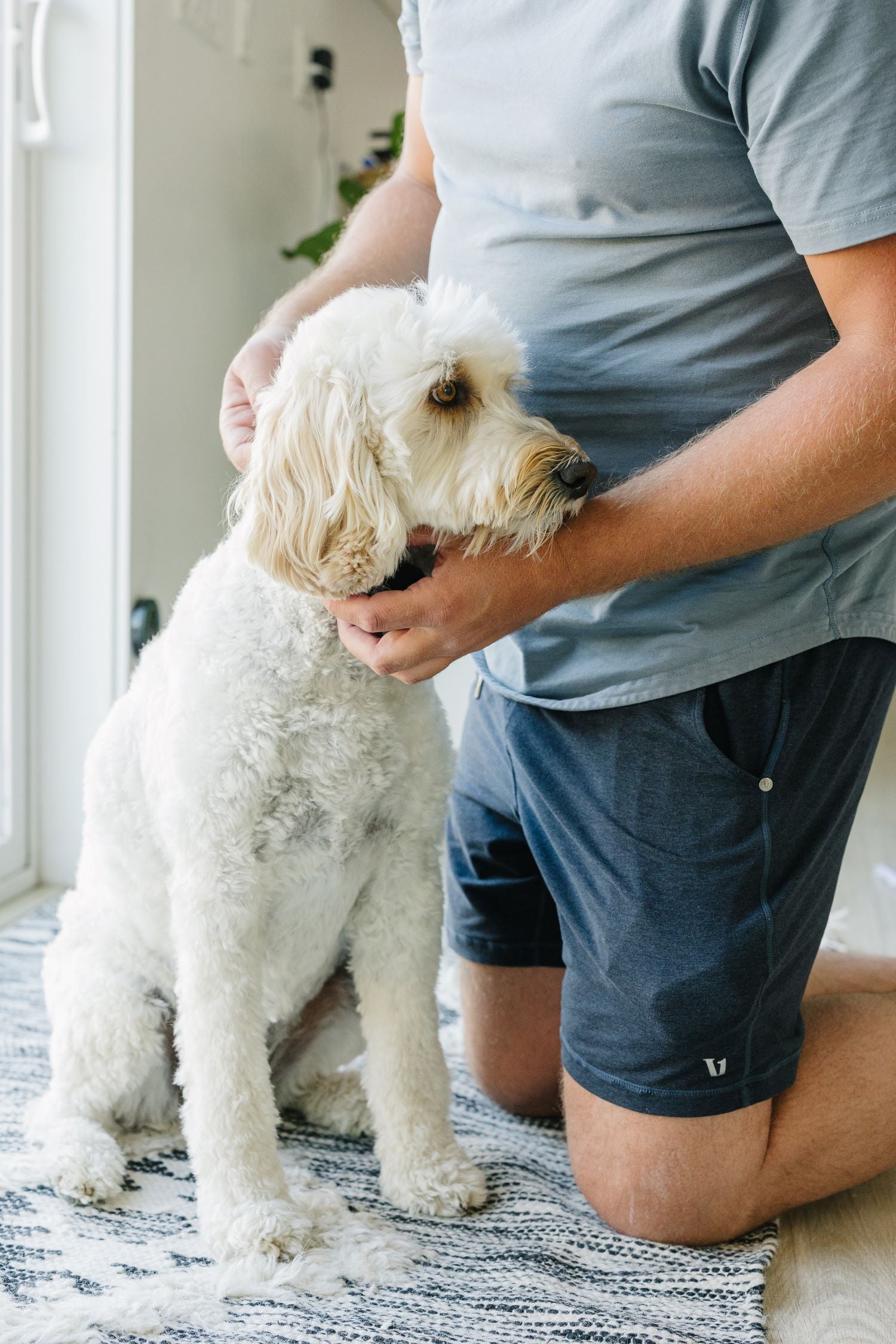A wireless dog fence is one of the most effective ways to keep your furry friend safe while giving them the freedom to roam. However, if your dog keeps escaping despite having a wireless collar, it can be both frustrating and concerning. Understanding the reasons behind these escapes and how to troubleshoot common wireless dog collar issues can help ensure your pet stays within the designated boundary.
Many pet owners using advanced GPS-based containment systems like the Pawtronic GPS Fence face occasional issues such as weak signals, collar malfunctions, or incorrect boundary settings. This guide will explore why dogs may be escaping and provide effective solutions to ensure your wireless dog fence works as intended.
How Does a Wireless Dog Fence Work?
Unlike traditional fences or in-ground wired systems, wireless dog fences rely on GPS or radio signals to establish an invisible boundary. Devices like the Pawtronic GPS Fence come with a collar that communicates with the system to alert or correct the dog when they approach or cross the boundary.
While these systems are highly effective, various factors, such as signal interference, collar fit, and environmental changes, can impact their performance. If your dog keeps escaping, the problem may not be with the system itself but rather with how the dog fence is set up and used.
Common Reasons Dogs Escape from Wireless Fences
1. Weak or Intermittent GPS Signal
GPS-based wireless fences depend on strong satellite signals to maintain accurate boundaries. If your dog's collar is losing connection, the boundary may shift unexpectedly, allowing them to escape.
Solutions:
-
Ensure there are no large buildings, metal structures, or dense trees blocking GPS signals.
-
Check the weather, as heavy storms and cloud cover can interfere with satellite communication.
-
Regularly update the system's firmware if using an advanced GPS fence like Pawtronic to optimize performance.
2. Collar Not Fitting Properly
A loose or improperly fitted collar can result in inconsistent corrections. If the contact points don't touch your dog's skin, the device may not effectively communicate boundary warnings.
Solutions:
-
Adjust the collar so it fits snugly but comfortably around your dog's neck.
-
Ensure the contact points make skin contact, especially on long-haired breeds.
-
Check for skin irritation and adjust positioning to avoid discomfort.
3. Battery Issues and Power Failures
A weak or dead battery in your dog's collar can prevent it from working correctly, allowing your pet to escape unnoticed.
Solutions:
-
Charge or replace the collar battery regularly.
-
Monitor battery life through any connected mobile apps, if available.
-
Consider investing in backup batteries for extended outdoor use.
4. Boundary Not Properly Set Up
One of the most common reasons for escapes is incorrect boundary settings. If the range is too small or inconsistent, your dog may find ways to cross it.
Solutions:
-
Recheck the boundary radius and increase the range if necessary.
-
Use training flags temporarily to help your dog understand the containment area.
-
Ensure the boundary is set well within your property to prevent overlaps with roads or public spaces.
5. Insufficient Training
Wireless dog fences require consistent training. If your dog doesn't understand the boundary or the warning signals, they may keep running past it despite the corrections.
Solutions:
-
Start with visual markers to help your dog recognize boundaries.
-
Use positive reinforcement, rewarding them for staying within the safe zone.
-
Gradually introduce distractions to test their response to the containment system.
6. Overcorrection Leading to Fearful Behavior
If the collar delivers too strong of a correction, some dogs may become scared and bolt through the boundary rather than staying within it.
Solutions:
-
Adjust the correction level to suit your dog's temperament.
-
Begin with warning tones or vibrations before activating stronger corrections.
-
Observe your dog's reaction and modify the training approach accordingly.
Testing Your Wireless Dog Fence System
If your dog continues to escape despite troubleshooting your wireless dog fence system , it may be time to test the entire system.
-
Walk the boundary yourself: Wear the collar and test the correction levels at different points to see if the system responds consistently.
-
Check for interference: Identify any new structures or electronics that may be weakening the signal .
-
Monitor your dog's behavior : Use a pet camera or manually observe your dog to see how they respond to the boundary warnings.
When to Upgrade Your Wireless Fence System
If troubleshooting doesn't resolve the issue, it may be time to upgrade your wireless fence. The Pawtronic GPS Fence, for example, offers advanced tracking and customizable GPS dog fence boundary settings that can improve containment reliability.
Signs you need an upgrade include:
-
Frequent boundary shifts causing inconsistent corrections
-
Battery life running out too quickly
-
Lack of real-time tracking features
-
Your dog repeatedly escaping despite proper setup and training
Final Thoughts: Keeping Your Dog Safe
A properly functioning wireless dog fence is a great way to provide your pet with freedom while keeping them safe. If your dog keeps escaping, identifying the root cause and implementing the right solutions will help restore the system's effectiveness.
By using high-quality products like the Pawtronic GPS Fence and ensuring proper training, collar fit, and boundary setup, you can create a reliable containment system that keeps your dog secure and happy. Investing time in troubleshooting and making necessary adjustments will ensure both you and your furry friend enjoy the benefits of a safe, off-leash environment.
Frequently Asked Questions
Why is my wireless dog collar not working?
Your wireless dog collar may not be working due to a weak battery, poor contact with your dog’s skin, or signal interference from nearby structures or electronic devices. Check that the collar is charged, fits snugly, and that your boundary settings are still correctly calibrated. Restarting both the collar and transmitter can also help re-establish communication.
Why is my wireless dog collar beeping but not shocking?
If the collar is beeping but not delivering a correction, the contact points may not be touching your dog’s skin properly, or the correction level may be set too low. Some collars also have safety modes that temporarily disable corrections after repeated activations. Reset the collar and test it before putting it back on your dog.
How to tell if a wireless dog collar transmitter is bad?
A failing transmitter often causes inconsistent or lost connections with the collar. Signs include random boundary shifts, loss of beeping or correction functions, or the collar not responding at all during tests. Try resetting the system, replacing the transmitter’s batteries or power adapter, and re-pairing the collar. If the problem persists, contact the manufacturer for diagnostic support.
Why is my dog's e-collar not working?
If your e-collar isn’t functioning, check the basics first: battery charge, power status, and fit. Make sure the collar and remote (or GPS unit) are properly synced. Dirt, corrosion, or water damage around the contact points can also interrupt performance, so clean and inspect the collar regularly.




Leave a comment
This site is protected by hCaptcha and the hCaptcha Privacy Policy and Terms of Service apply.